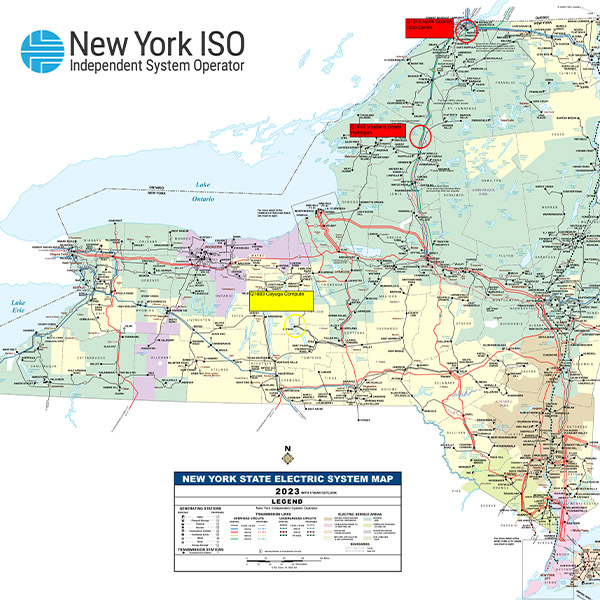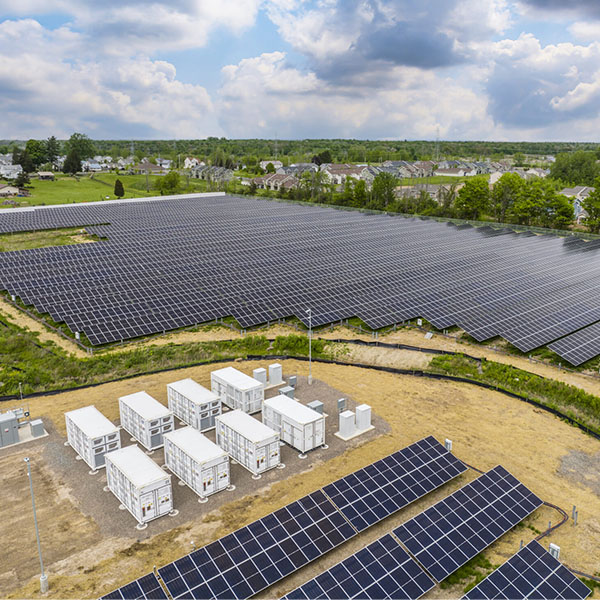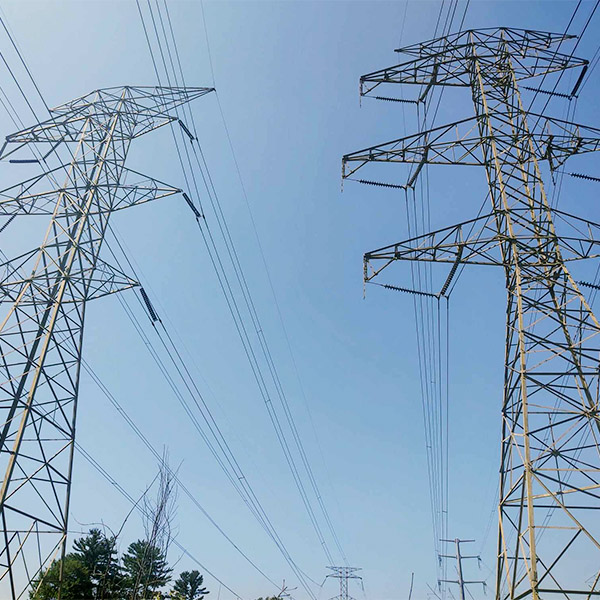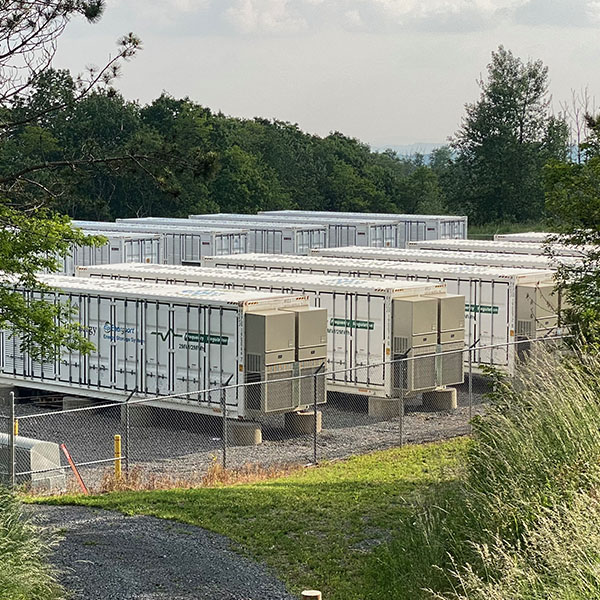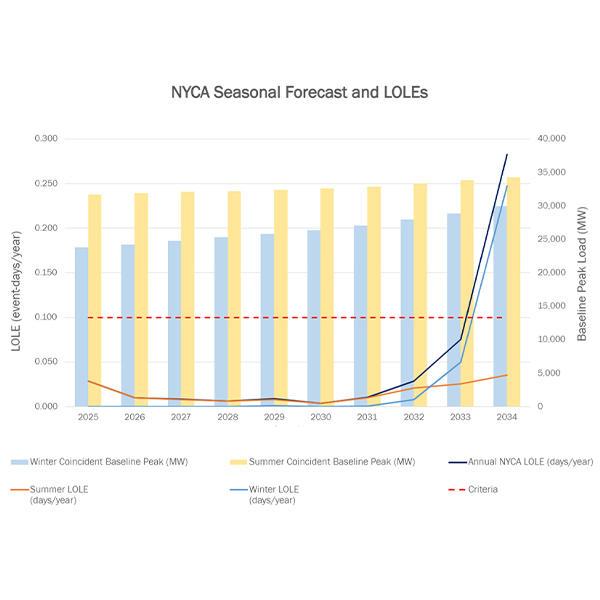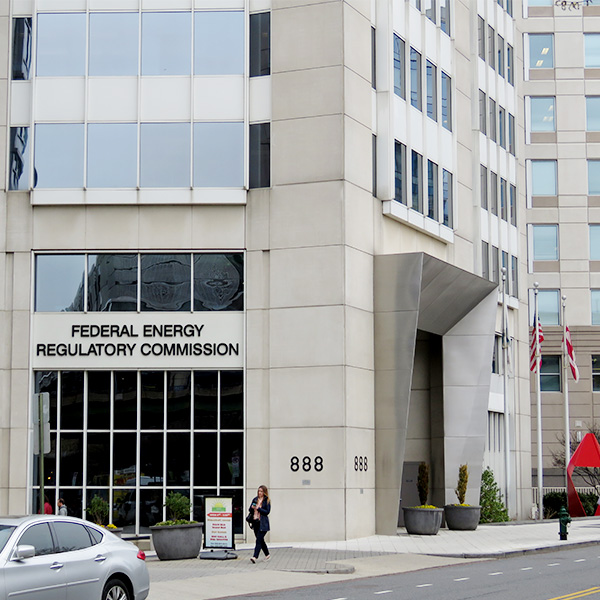New York Independent System Operator (NYISO)
The Analysis Group told NYISO stakeholders it did not recommend any major changes to the annual process for updating the ISO’s gross cost of new entry for generators.
The proposed NYISO 2025 budget for projects would be about $42.1 million. More than half of that would be spent on labor and professional services to execute projects.
The NYISO Operating Committee approved two study reports and one study scope, all of which involve load projects in northern New York.
NYISO staff presented tariff revisions that may be deployed as early as Q1 of 2026 to account for the uncertainty of wind and solar energy forecasts.
NYISO has begun gathering stakeholder input on its FERC Order 1920 compliance plan, giving stakeholders a preview of the revisions needed.
NYISO presented its draft recommendations for the demand curve reset, including the choice of a two-hour battery electric storage system resource as the proxy unit in calculations.
NYISO analysts continue to recommend a two-hour battery electric storage system resource as the proxy unit for the ISO’s capacity market demand curve.
New York will be short 1 GW of resources by 2034, driven by increased demand, large load growth and lack of natural gas, according to the preliminary results of NYISO's biennial Reliability Needs Assessment.
FERC approved NYISO’s proposed tariff revisions to more accurately accredit natural gas resources’ capacity, but the commission delayed their implementation until 2026.
NYISO’s Business Issues and Operating committees met to discuss and vote on updates to the ISO’s Ancillary Services manual.
Want more? Advanced Search


